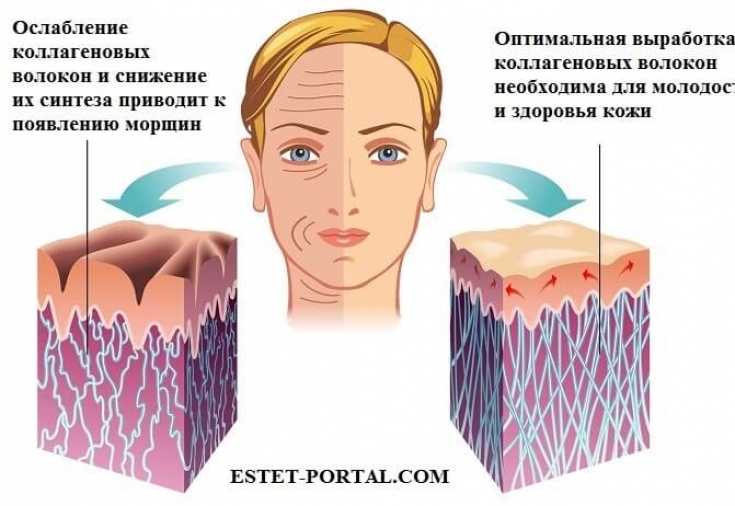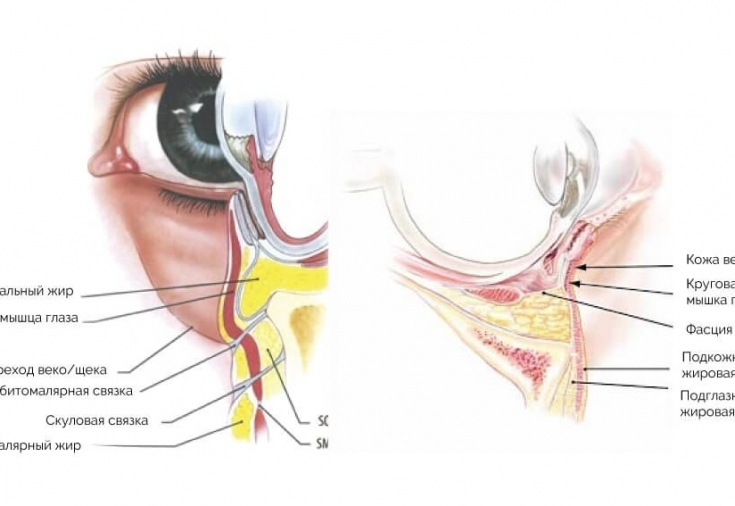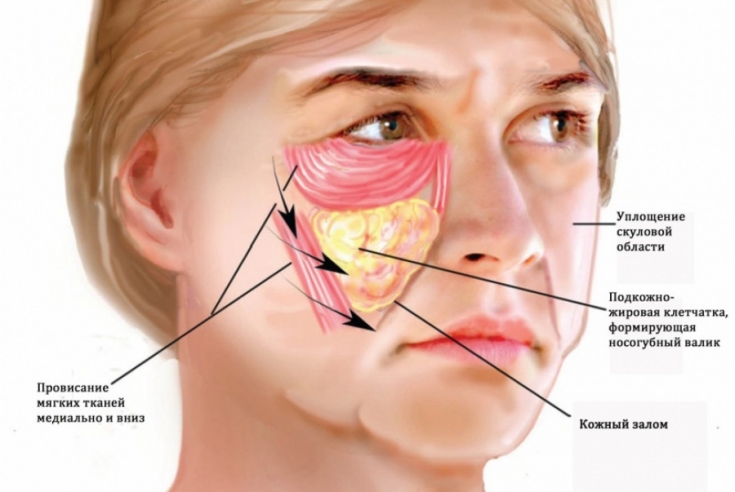Algorithm for combining botulinum toxin therapy and thread lifting in anatomical zones.
Estet-portal is in a hurry to share the abstracts of the event where Oleksandr Borodko, plastic surgeon, full member of the Society of Reconstructive, Aesthetic and Plastic Surgeons of Russia (OPREH) and the All-Ukrainian Association of Plastic, Reconstructive and Aesthetic Surgeons of Ukraine (VAPREKH) shared experience.
What features of patients older than 40 should be taken into account
A.V. When working with patients older than 40 years, in order to obtain good results, it is necessary to take into account not only the features of the anatomy of the face with age-related changes, but also psychological aspects.
This is especially important during the initial consultation. Speaking of correction methods, it is necessary to set patients up for real results. Many people think that the possibilities of modern cosmetology are endless, regardless of the age of the patient.
Cosmetologists must clearly understand and convey to their patients that there are real and unattainable goals. It is important to remember this and approach therapy in a complex way.
А.В. If patients come to us with complaints of wrinkles on their forehead, then it is worth drawing their attention to the fact that wrinkles are a changed skin texture. Such changes have been laid down for more than 40 years. and one trip to the beautician is impossible to fix everything.

Which patient management algorithm is appropriate to use?
А.В. In my practice, I prefer to first block the forehead with botulinum toxin preparations, and then refer to a beautician for further peeling procedures or wrinkle filling with boosters.
Many patients mistakenly believe that plastic surgery (forehead lift) will solve this problem. This is not true. It is impossible to stretch the skin so as to correct age-related deformities.
Even with an endoscopic forehead lift, we will only get a good result (smooth forehead) for a short period of time, about 2 weeks.
Why? It's simple: such a short duration of the effect will be associated with post-traumatic edema, and not with a change in the texture of the skin itself.
Why is the visual effect not always good during surgery
А.В. During even endoscopic surgery, traumatization occurs, which leads to edema. At the same time, after the procedure, all wrinkles, folds and furrows are smoothed out.
The edema disappears and the skin returns to the state it was in before the operation, because the operation does not affect the condition of the skin itself. In the furrow that the wrinkle creates, there are more connective tissue elements than cellular elements. Therefore, patients should be recommended procedures that improve the condition of the skin, such as peeling.

Should I suggest more traumatic procedures
AV This is especially true if the patient is not ready for more serious procedures such as laser resurfacing or chemical peels (phenolic or combined TCA). To date, few patients are ready for the consequences of peels (within a few weeks, crusts form on the skin that has been treated, after peeling which a tender, but red skin appears).
That is why the method of choice when eliminating horizontal wrinkles is the introduction of boosters. Thanks to hyaluronic acid preparations, we can easily reduce the depth of those wrinkles and folds that remain after correction with botulinum toxin.
In patients over 40 years of age, botulinum toxin blockade can only be performed on the upper forehead to avoid such unpleasant consequences as drooping of the eyebrows.

How to work in the periorbital region
А.В. When correcting wrinkles in the eye area in patients older than 40 years, all the anatomical features of aging in this complex area should be taken into account. Many patients complain about the occurrence of hernias and ask them to be removed surgically. What are the formations that our patients call hernias?
A hernia is an anatomical formation that is located above the lower edge of the orbit. Very often, cosmetologists and patients call hernias completely different structures.
Hernias are not a formation that is located above the nasolacrimal sulcus. This anatomical structure is called the suborbital-malar complex. If we consider it together with a hernia, then we will get a suborbital-painting package. This anatomical structure cannot be surgically removed.
What happens in the area of the molar sacs
A.V. To understand this, let's understand. Why? The motor branch of the trigeminal nerve passes through the painting package, which in the painting package itself, like a fan, is divided into several rays and passes to the lower eyelid.
That is why any manipulation of the surgeon or microliposuction of the masking package can have an unfavorable outcome. A hernia is what is above the lower edge of the orbit.

Let's talk about horizontal creases on the lower eyelid.
А.В. When can I correct them? We can start correcting if we are sure that this is the third portion of the circular muscle of the eye. It must be remembered that most people have two of them. 30% of the population has three portions of the orbicular muscle of the eye.
It is this cartilaginous portion of the circular muscle that is very narrow, and many patients, especially young ones, perceive it as a hernia. It's not actually a hernia, it's a skin fold.
Some patients ask for liposuction of this skin fold, if the surgeon agrees to such a procedure, it causes scarring and, as a result, deformation of the lower eyelid.
Therefore, it must be remembered that if you are going to block these folds with botulinum toxin, then with a sufficiently active preoral portion - do this only once at a fairly young age.

What to do with the submolar complex
А.В. If during the consultation you examine the patient's face, turning it to the left, right, up, down, and see at least a hint of the separation of the paint bag, that it is visualized in at least one of the projections, then stick to the "lower cantus" rule: below is taboo.
You can always use other methods. Try putting Aptos Visage threads in there. Raise on a scalloped mezzanine or refer the patient to an image surgeon.
We call image surgeons who operate on young patients in order to change the configuration of the face, to give the face certain shapes and features.







Add a comment